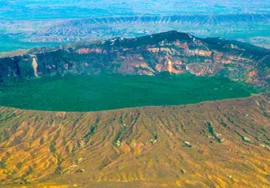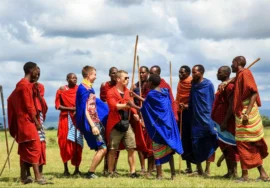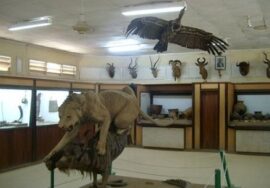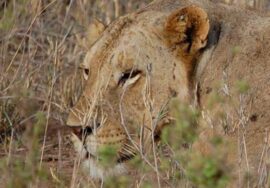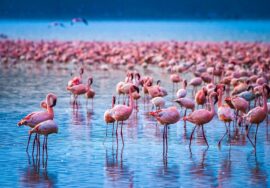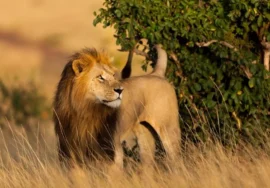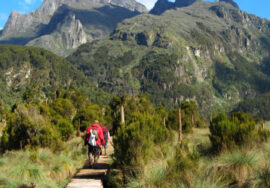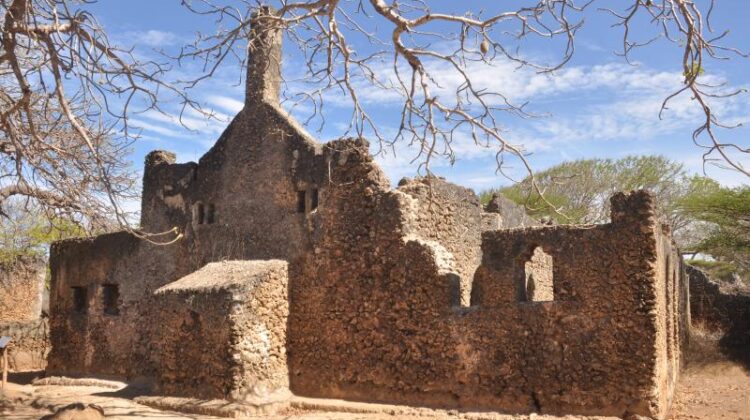
Kenya Archaeological Sites
Kenya Archaeological Sites, Many scientists still believe that East Africa is where humans first evolved, and the many archaeological sites in Kenya support this idea.
Kenya is famous for its sites that show how early humans lived. Many of these sites show the different stages of early humans’ growth and progress. Even though Olduvai Gorge in Tanzania is more famous, the places in Kenya are just as impressive as those in any other African country.
Cradle of Humanity
There is still some disagreement about the exact location of the Cradle of Mankind, the spot where the first signs of humanity were seen. There is no question that this took place in Africa, but there is still a lot of disagreement about where in Africa it happened.
It’s up for debate whether it was East Africa or Southern Africa, but Kenya is still one of the best places to study early humans, no matter what the outcome of the argument is.
Kenya’s Leakey family
Anthropological history in East Africa is linked to the Leakey family. Louis and Mary Leakey started a lot of the work that is still being done today. Scientists like Louis Leakey were persuaded that Africa is where human evolution started and where people were born. This is now seen as the truth by everyone.
They were also the ones who found many of the historical sites. There is still a part for their son Richard Leakey in the work they did.
The Archaeological Treasure Chest of Kenya
Kenya is full of ancient sites. One of the most well-known is Hyrax Hill, which is near Nakuru and is thought to be one of the most important neolithic dig sites in the country. Louis and Mary Leakey found Hyrax Hill in 1926. It was built around 1500 B.C. There was a castle and a number of tombs found.
Koobi Fora is a place where you can find hominin fossils that show how humans have changed over the last 4.2 million years. But there are many more non-humanoid fossils that show how animals and plants have changed since the Miocene era.
Pate Island, Kenyan North Coast: This old port town has evidence of people living there as early as the 7th century. Things made of Chinese china show that the Chinese traded with Africa many years ago.
Kariandusi, which is near Lake Elementaita. This is where the hand-axe man’s grave was found in 1928. Men lived by a lake, but when the water level rose, they had to leave. They buried all the tools and guns they had left behind.
The site of Olorgesailie is important for geology, fossils, and archeology. It is in the Eastern Rift Valley, about 70 km south of Nairobi. Here, volcanic ash helped keep a lot of animal remains and fossils of animals that are no longer alive. The number of hand tools found is also very high. The skull of Homo erectus, the first fossil of a person, was found here.
A lot of other sites in Kenya show different times in the earth’s past. The country is an archaeologist’s dream.


